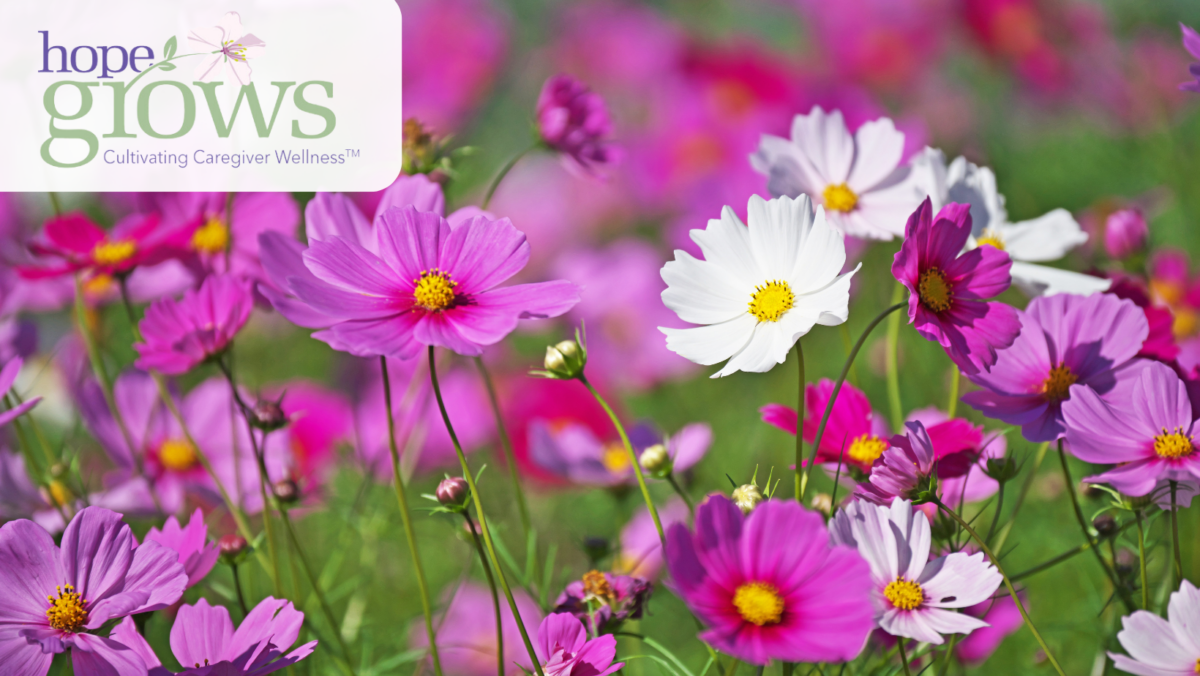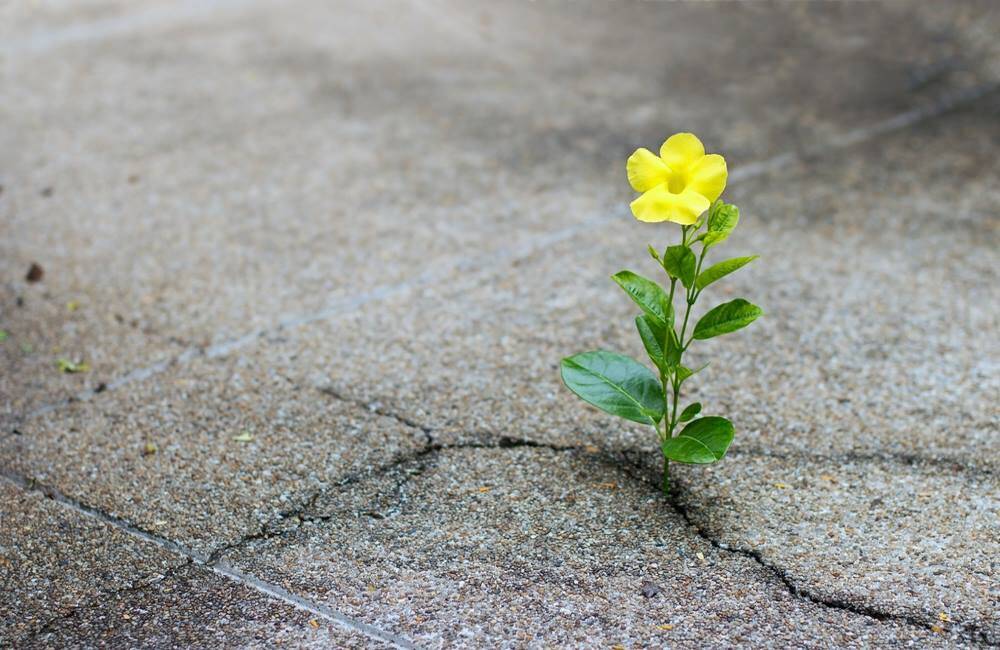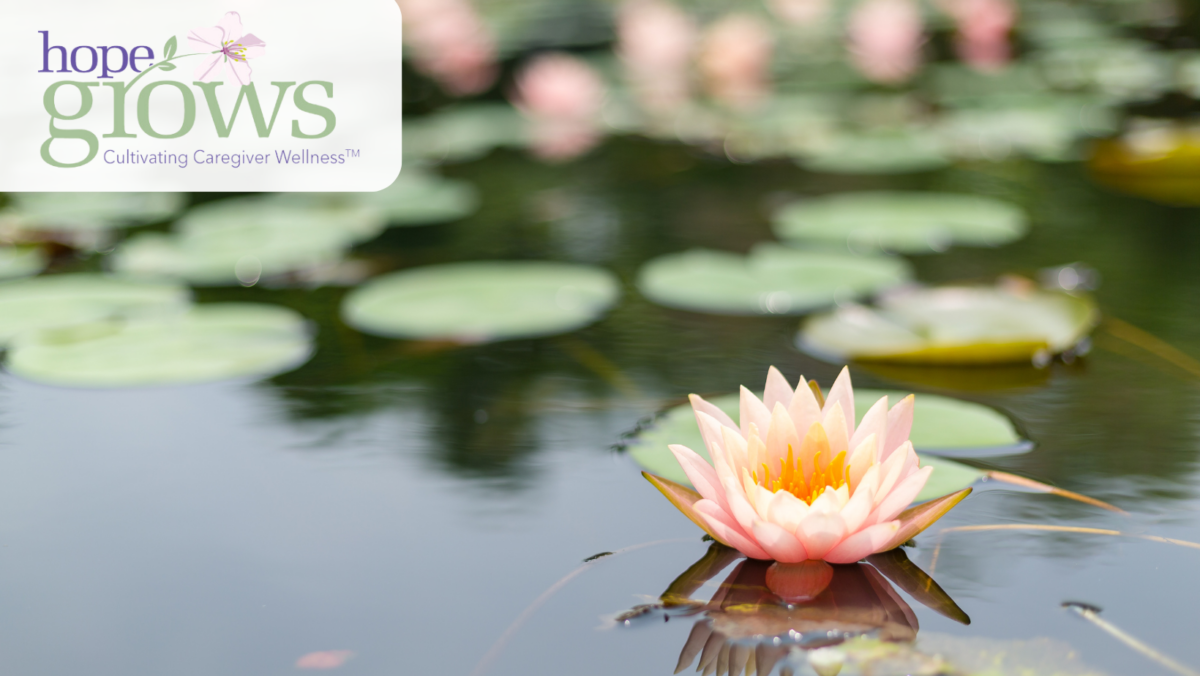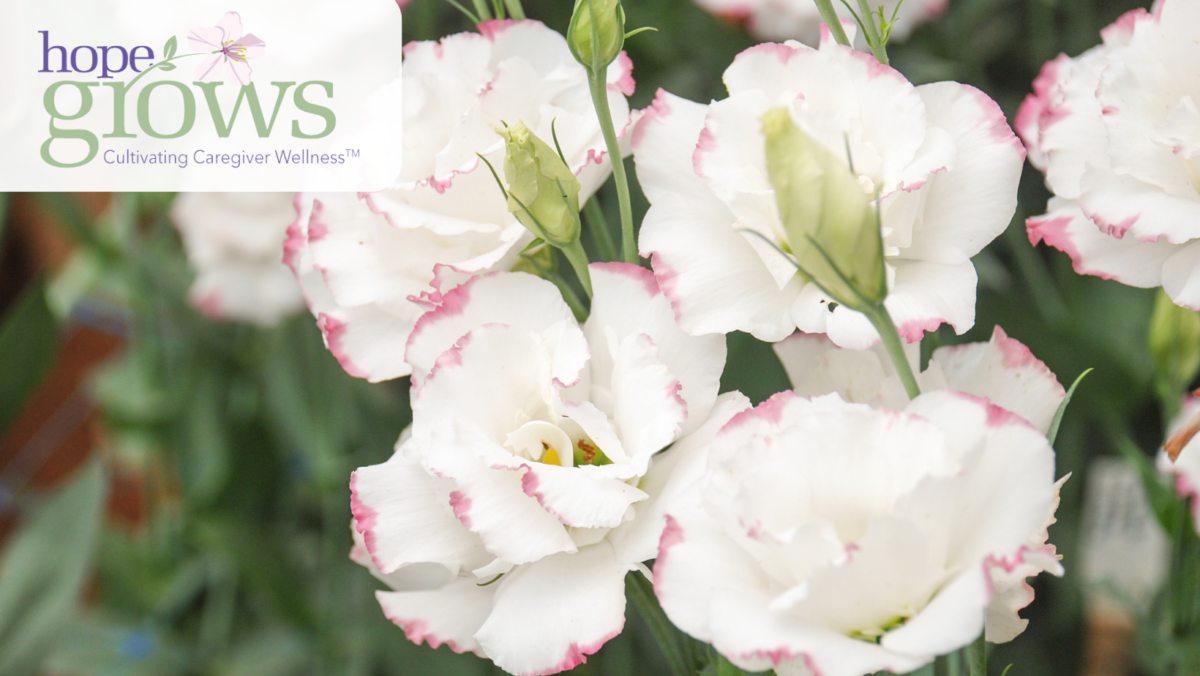Delight
Every part of the spring season can be a delightful scene dancing in front of us. The new growth is there for the taking, everywhere, watching the results of the softened earth from the melting snow and spring rains. The season beckons a positive emotional response, but when sadness or grief is present, finding the space to bloom can feel like the remaining late frost of the winter, stunting any sign of delight.
Our focus for the month is delight. Delight is defined as “a high degree of pleasure, satisfaction, or joy.” Pleasure or joy when caring for a child with a terminal illness or a medically complex condition can feel like the remaining chilly winter air rushing in from time to time. Finding any delight with this much heaviness are unwanted and unpleasant feelings that intertwine with every moment of care given. The idea of delight may feel distant, even impossible, when exhaustion, sorrow, and worry take up so much space.
While I may not know or understand your pain, I can find lessons in nature that may help. The beauty of spring can resemble grand delight, especially after the baren winter season. The flowering magnolia, the pink of the quince flowers, and the white blossoms of the cherry trees at Hope Grows feel welcoming. However, when we focus on any delight in this space of grief and sadness, it may feel a bit too grand, so we push it aside and continue with the heaviness, feeling cheated out of any delight it can bring.
Where can we nourish and savor moments of delight? At Hope Grows, we have been blessed to be a part of many caregiver stories, sometimes receiving more than we give. In addition to providing support, we engage in the message of the mission, inspiring hope through nature while empowering wellness of mind, body, and spirit. The nature part of the mission teaches about the reciprocal benefits: while nature gives, we receive. This is where true connection, not just in nature, but in our relationships with our care receivers occur. We must be open to not just the giving of care, but the receiving of it as well.
Gardening in spring is challenging. As we pay attention to the changing weather, we find a need to protect the new growth and the blossoms as best we can. We may consider covering the flowering trees as best we can when the night air may be too cold. Our instinct is to protect. I remember a few years ago covering the viburnum tree in the Garden of Hope during a cold snap. The effort and the time it took helped a little to protect the blossoms, but in the end, the decision moving forward was “not to bother again” and let nature takes its course. The message here is that we tried and we can look at our own well-being in this way. Now tending to our own self-care is a bit different than covering a small tree; however, the difficulty of finding the time, protecting, and placing value is real. Cultivating wellness of self may feel like a grand plan that defeats us before we begin, but the key here is to start small.
Spring is so special, and so are you. As the season pulls us out of the deepness of winter, we begin to find small moments of new growth finding the sun and protecting itself during fragile moments. We too can find space in the heaviness of caring for a child with a terminal illness or medically complex condition. One caregiver comes to mind, standing out as someone who looks at the cold rush of winter’s air, and instead of hindering any delight, experiences delightful moments in small ways. Noticing how her child’s eyes light up from a familiar voice, the comfort received from a shared touch, and the quiet presence of love that exists beyond words. I find the spirituality and faith of this caregiver worthy of delight. She was able to engage little by little with Hope Grows services and then eventually an overnight stay at the Iris Respite House. She found quiet space where beauty, love, and presence exist, despite the rush of chilly air in her changing climate.
In this experience, I believe the message for delight is to capture the good, not the bad. Moments of grace do not remove the sorrow, but they offer a breath within it. Try to find grace in the way your child’s hand feels in yours, in the rhythm of their breathing as they rest, in the way light filters through the window onto their face. Or it might be in the kindness of a nurse who truly sees you, in a deep inhale of fresh air when you step outside, in the way a favorite scent or texture momentarily eases the tension in your body. Another small moment is allowing yourself time to breath, leaning into support, or acknowledging the depth of what you carry.
Capturing the good does not mean pretending the bad is not there. It means allowing the small, good moments to matter—to be noticed, to be felt, even if just for a few seconds. Maybe write them down in a notebook, whisper them in gratitude before bed, or simply let yourself linger in them when they happen. Just as in nature, capture the spring blossoms in small moments of delight. While the chilly air is real, I suggest choosing to notice the beauty in front of you. As fleeting as it might be, “nature is one place we can surrender all control.”
Tending to your own well-being in this space might look different than it does for others. It is not about forcing joy but recognizing that even in sorrow, there can be moments of grace. Those moments, however small, can feel like life is whispering to you. Start with “just 10 minutes” at a time – such an honest, raw way to frame pleasant moments – because when life is this heavy, sometimes that is all you can hold, “just 10 minutes.” Grace makes room for delight—not as something forced or artificial, but as something quiet and real.
Connect in the delight of the reciprocal relationship!
Written by Lisa Story, MSCP, LPC, CT
Founder & Clinical Director






